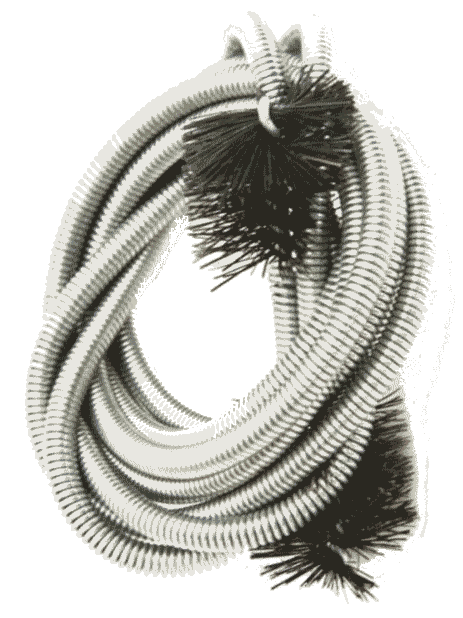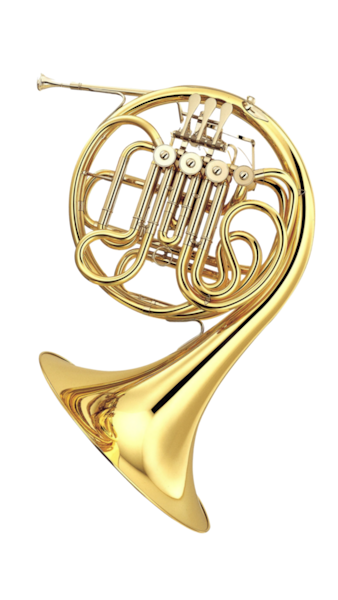French Horn
Brass family
Listen to Examples
Guidelines for Success
- Lips are thin to medium. Thick lips tend to be better suited for the Trombone, Euphonium, or Tuba.
- Sense of pitch is exceptional.
- Student is able to sing a common folk song.
- Level of confidence is high.
- Work habits are strong and achievement is high.
- Parental support is strong.
- Front teeth are straight and even; closed teeth meet evenly; an overbite tends to cause some problems with tone production.
French Horn Supplies
Call to Order
A quality instrument is crucial for successful learning. Parents can call (800) 637-6872 to order supplies from District 47's preferred vendor, Quinlan and Fabish, Mon-Fri. 11am-7pm or Sat. 9am-3pm or order online with the buttons below...
Method Book
5th grade students will read music from their own method book entitled, "Habits of a Successful Beginner Band Musician."

Music Stand
Students will set up their own music stand at full band. We use the Hamilton KB400N music stand and the Hamilton KB12 carrying bag.

3-Ring Binder
Please help our class run smoothly and organize our songs, worksheets and other handouts in a 3-ring binder.

Rotary Valve Oil
French Horn players use rotary valve oil on the rotor valves. Apply sparingly - only 1-2 drops as needed. Watch video.

Tuning Slide Grease
French Horn players use Tuning Slide Grease on the main tuning slide and all valve slides as needed. Watch video.

Mouthpiece Brush
Rinse in a sink when using brushes.

Snake Brush
Rinse in a sink when using brushes.
Recommended Brands
Origin of French Horn
The modern horn evolved from 16th century hunting horns. These instruments did not have valves, and changed notes by using various "crooks" or tuning slides. Most horn players had to perform with several crooks that allowed them to play the correct notes.
Inventor of French Horn
In 1660, the "trompe" was introduced in France. This instrument's tubing had 2-1/2 coils, and retained the nickname "French" horn. However, German instrument makers actually perfected today's horn. Stolzel and Bluhmel added valves to the horn in 1818, which eliminated the need for crooks. Rotary valves, introduced in 1853, are commonly found on today's horns. "Single" horns in F have three valves, while "double" horns in F/Bb have three valves and a thumb key.
French Horn Family
Horns provide an important, full middle voice in the concert band. They blend well with all instruments, and play solos, melodies, and harmonies.
Composers & Performers
Mozart, Beethoven, Mahler, Richard Strauss, and Wagner are all composers who have featured horns in their writing. Two famous horn performers are Barry Tuckwell and Philip Farkas.





